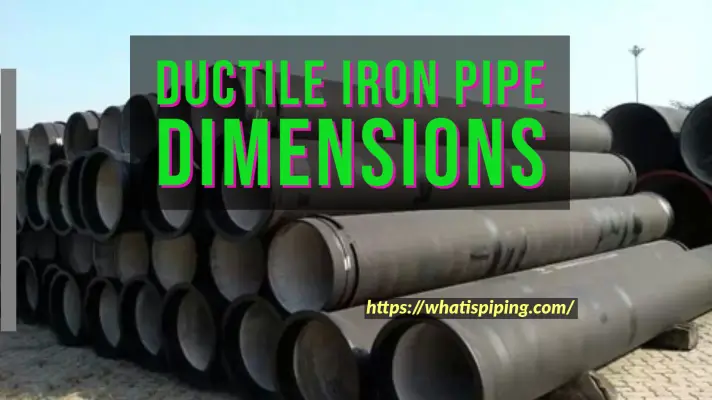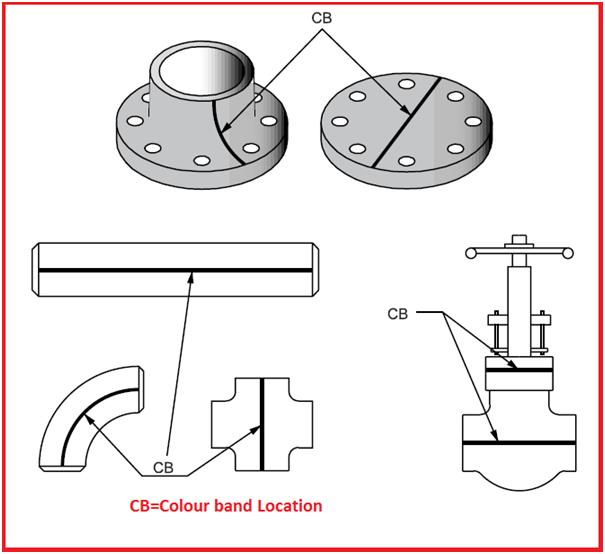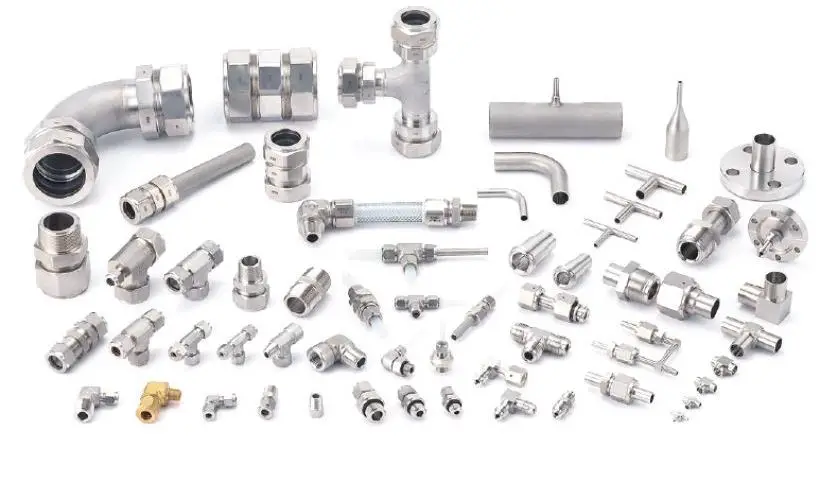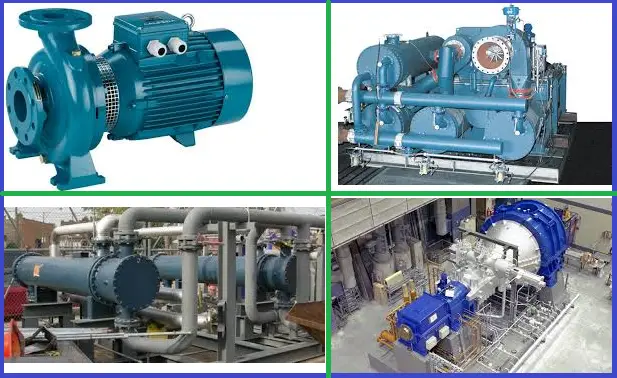The technical requirements for the piping components are mentioned in my earlier post. Click here to refresh those requirements. Additional to those requirements, the Requisition Engineer should include the inspection & testing, marking & color coding, and packing & preservation requirements in the purchase requisition.
The requisition engineer has to collate all the inspection & testing requirements for the piping components from the project specification & finalize the schedule in consultation with the quality department.
For marking, color coding, packing & preservation requirements requisition engineer will refer to the project specification & if that is not available he has to develop the standard procedure based on the company standard.
Inspection & Testing of Pipes and Fitting
All piping and fittings shall be inspected and tested in accordance with the relevant product standard (or code) and as stated in the Purchase requisition.
Pressure testing (Hydro-testing) of stainless steel products where required by the standard shall be performed using water having less than 30ppm of chlorides.
All welds in pipes & fittings shall be 100% radiographed in accordance with the individual ASTM Standards. Ultrasonic examination in lieu of radiography is not allowed.
Examinations and/or tests may be reviewed and/or witnessed by the contractor or their authorized third-party inspector at the vendor’s facility.
The vendor is responsible for informing the contractor about the availability of goods for inspection and testing.
The inspection shall be performed as per the “Vendor Quality Requirement form” attached with the Inquiry / Purchase requisition.
The manufacturer shall submit the certificate of conformity of the material duly certified by the inspector.
Marking & Colour Coding of Piping Systems
Marking of the piping components shall be done as per applicable codes and standards in addition to the piping item/part number, and purchase order number specified in the Material Requisition Scope of supply. For the material specified as sour service, Low Temperature (LT), or CRYOGENIC in the Material Requisition Scope of supply, the marking shall include “Sour”, “LT”, and “CRYO” respectively.
If punching or die-stamping is used for carbon, low-temperature, and alloy steel, the stamps shall be low-stress stamps (dot or round-bottomed). For stainless steel, stamping shall be electro-etched. If stenciling is used, it shall be done with indelible paint. For sizes below 1.1/2” and below the markings shall be done on attached metal tags.
Color coding of piping components shall be done based on the material categories as identified in the project specification attached with the Inquiry / Purchase requisition. Click here to learn more about color coding and Pipe Marking Criteria.
Packing & Preservation of Pipes and Fittings
Material shall be packed and ready for export in a manner that allows easy handling and prevents damage. The vendor shall submit their standard packing procedure to the purchaser for approval.
Pipe ends shall be protected with heavy-duty plastic end caps. For beveled ends, the caps shall cover the full area of the bevel.
Thin wall pipes shall not be overloaded with multi-layer of pipes while shipping. All thin wall pipes shall be braced suitably at the end to avoid ovality.
Open ends of fittings and flanges shall be supplied with heavy-duty plastic protective plugs or caps. For beveled ends, the caps shall protect the full area of the bevel.
The waterproof barrier material shall be used for stainless steel materials to protect against chlorine attack by exposure to the saltwater atmosphere.
Carbon steel and stainless steel items are not allowed to be stored together and shall be packed separately.
Online Video Course on Piping and Pipe Fittings
To enrich yourself with piping and pipe fitting details you can opt for the following online video courses









Pressure testing (Hydro-testing) shall be performed using water having less than 30ppm of chlorides not only for “Stainless Steel” material but also for all the other “Corrosion Resistant Alloys”.
In all my previous projects that was the requirement for all “Corrosion Resistant Alloys”.
Now, my question is that:
Why the Chloride content should be less than 30 PPM for all “Corrosion Resistant Alloys”?
Why it is not a requirement for the “Carbon Steel” components?
Why the Carbon steel and stainless steel items are not allowed to be stored together and shall be packed separately?